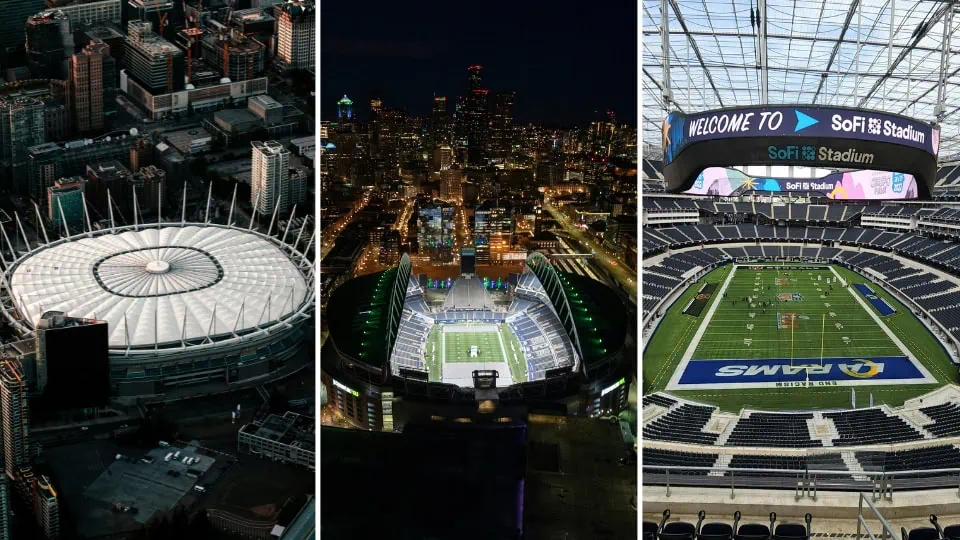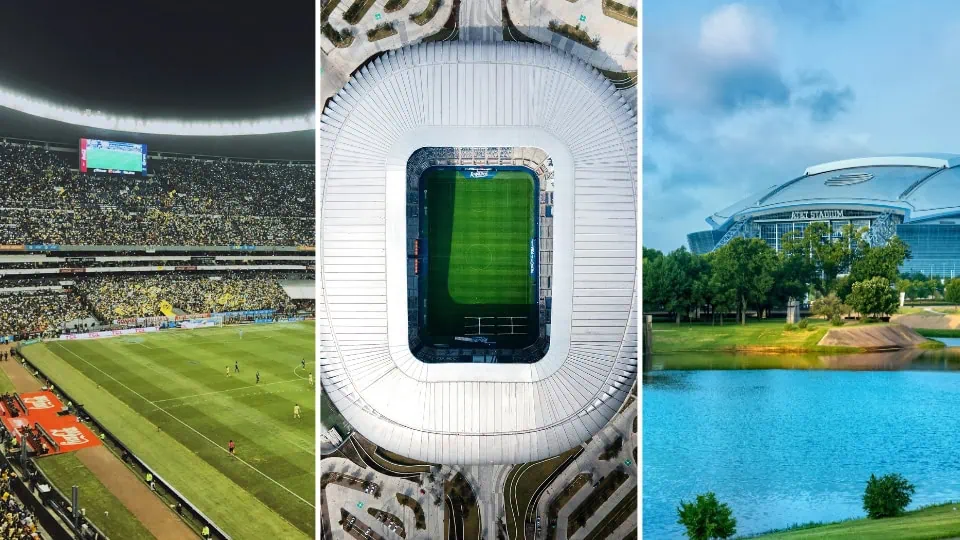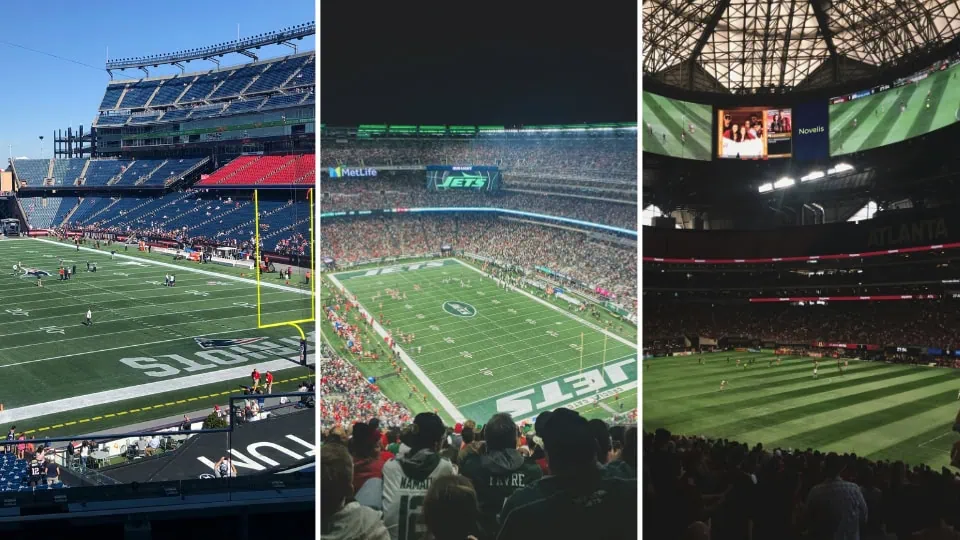This article explores the 2026 World Cup through the lens of a traveler who values comfort, culture, and authentic experiences. You’ll get to know the cities that will host the matches – from Mexico’s vibrant metropolises to the United States’ dynamic hubs and Canada’s cosmopolitan skylines – and understand how each destination will contribute to this historic global event.
The 2026 World Cup will mark a turning point in global sports tourism, with 16 cities across three nations welcoming the world.
- The Western Corridor follows the Pacific coast, stretching from Canada’s mountain-lined shores to California’s urban landscapes.
- The Central Corridor unites Mexico’s historic heartlands with the energy of Texas and the Midwest.
- The Eastern Corridor brings together North America’s cultural capitals, hosting the final matches in its most iconic stadiums.
For travelers, thinking in corridors allows a more fluid and enjoyable itinerary – balancing the thrill of match days with the pleasure of discovering each region’s character and pace.



- Tickets: FIFA’s next phases of ticket sales and hospitality packages are ongoing through early 2026.
- Destinations: Choose two or three neighboring cities within the same corridor for easier connections.
- Flights: Major airlines are expanding capacity, especially between host hubs like Dallas, Los Angeles, and New York.
- Local Connections: Private transfers and premium shuttles will ensure smooth stadium access.
- Experience: Leave open days between matches to enjoy local culture, cuisine, and sightseeing.
There’s excellent availability for flights and accommodations across most host cities, particularly in early-round destinations. Planning now allows travelers to secure ideal schedules and preferred experiences with confidence.

